-
 © Classic & Sports Car
© Classic & Sports Car -
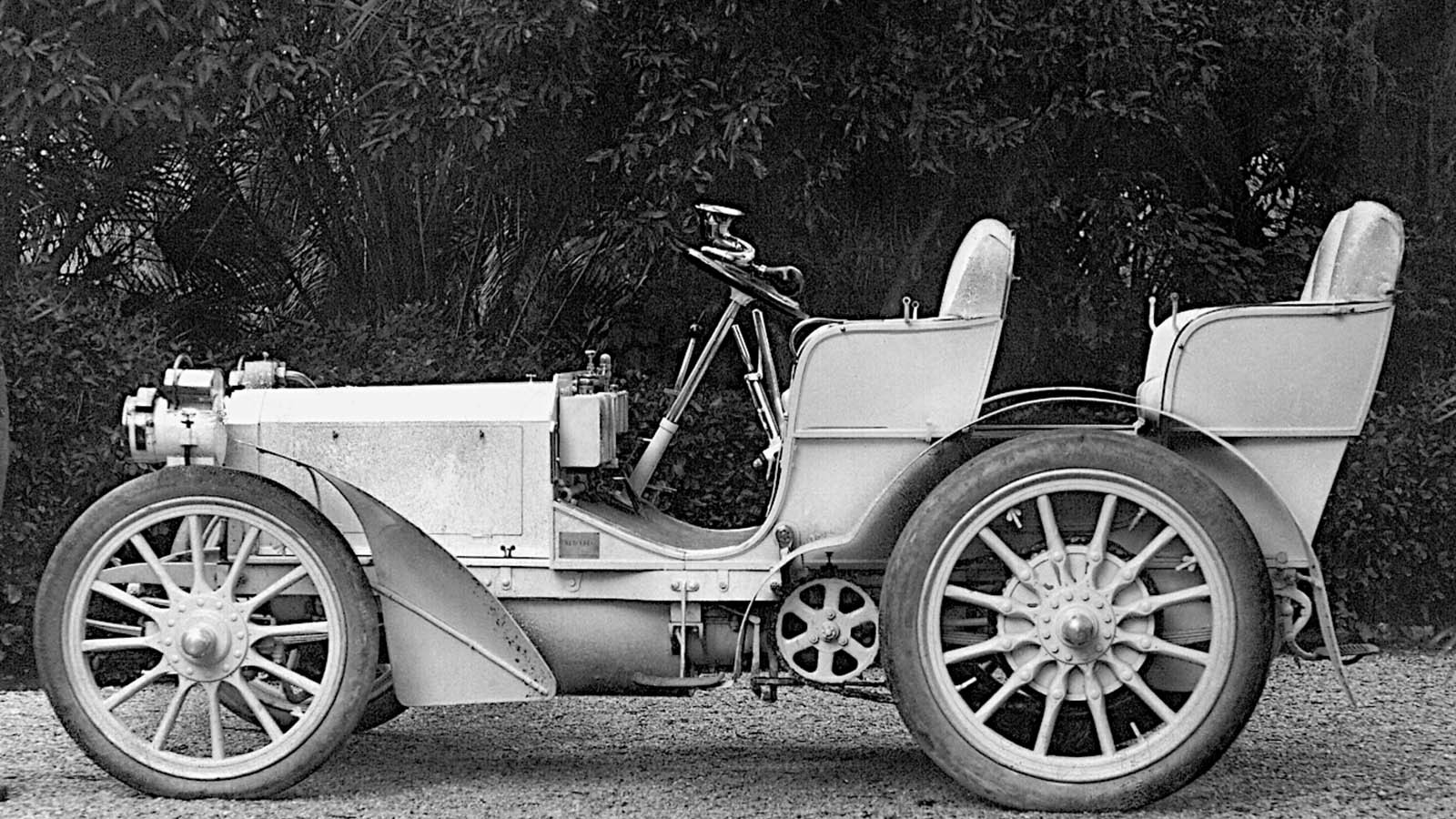 © Mercedes-Benz
© Mercedes-Benz -
 © Mercedes-Benz
© Mercedes-Benz -
 © Mercedes-Benz
© Mercedes-Benz -
 © Mercedes-Benz
© Mercedes-Benz -
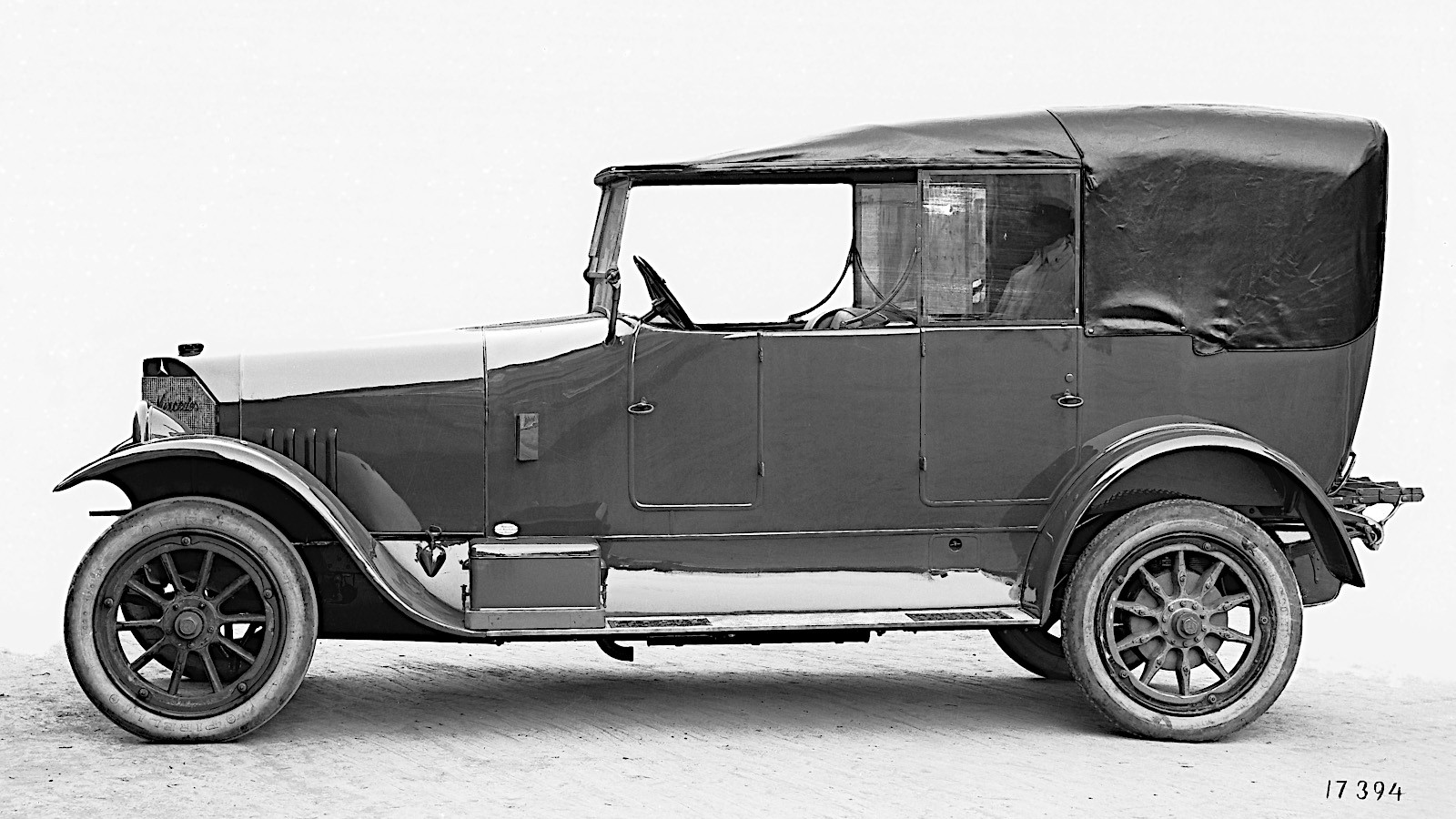 © Mercedes-Benz
© Mercedes-Benz -
 © Mercedes-Benz
© Mercedes-Benz -
 © Mercedes-Benz
© Mercedes-Benz -
 © Mercedes-Benz
© Mercedes-Benz -
 © Mercedes-Benz
© Mercedes-Benz -
 © Mercedes-Benz
© Mercedes-Benz -
 © Mercedes-Benz
© Mercedes-Benz -
 © Mercedes-Benz
© Mercedes-Benz -
 © Classic & Sports Car
© Classic & Sports Car -
 © Mercedes-Benz
© Mercedes-Benz -
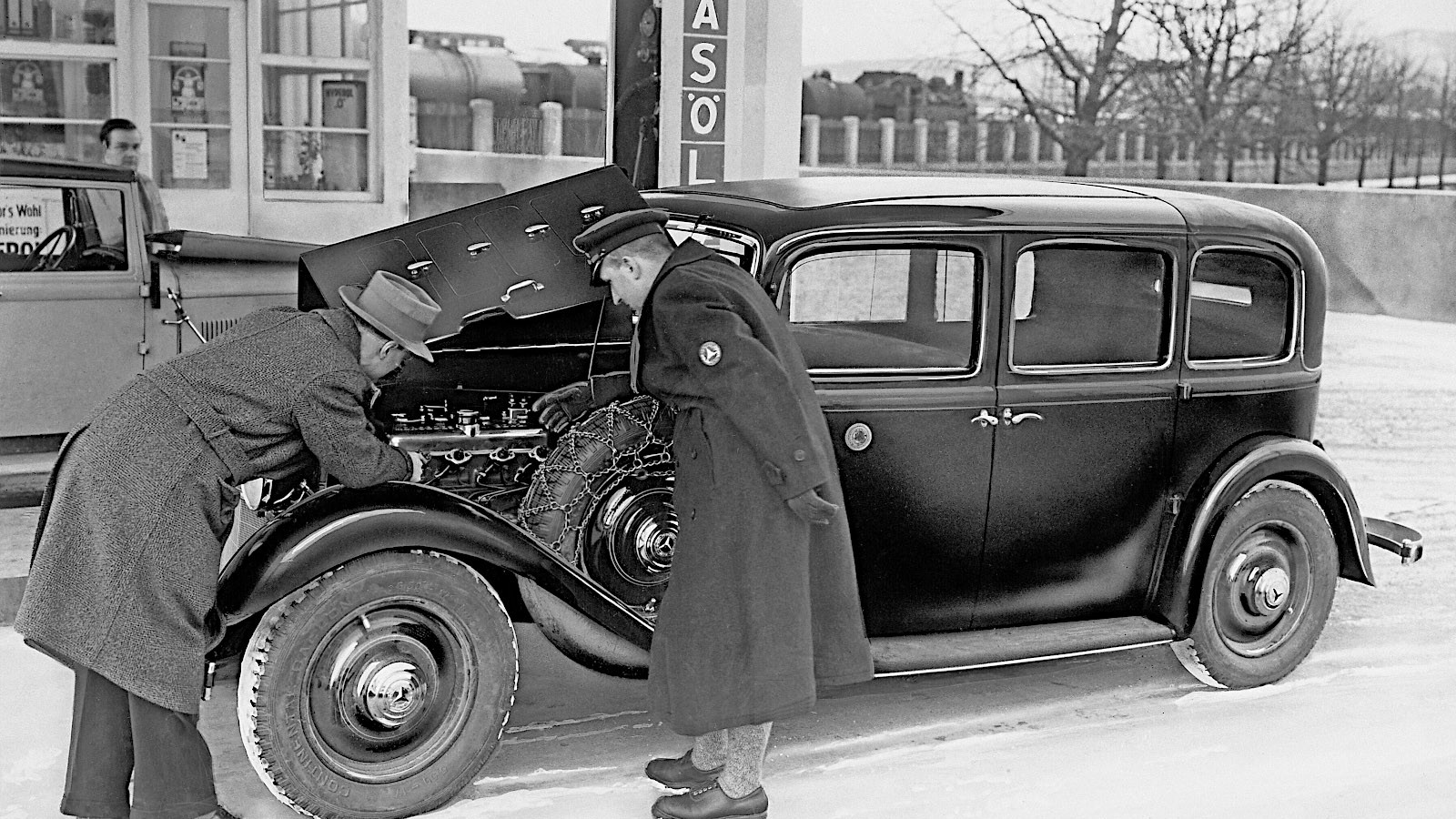 © Mercedes-Benz
© Mercedes-Benz -
 © Mercedes-Benz
© Mercedes-Benz -
 © Mercedes-Benz
© Mercedes-Benz -
 © Mercedes-Benz
© Mercedes-Benz -
 © Mercedes-Benz
© Mercedes-Benz -
 © Julian Mackie/Classic & Sports Car
© Julian Mackie/Classic & Sports Car -
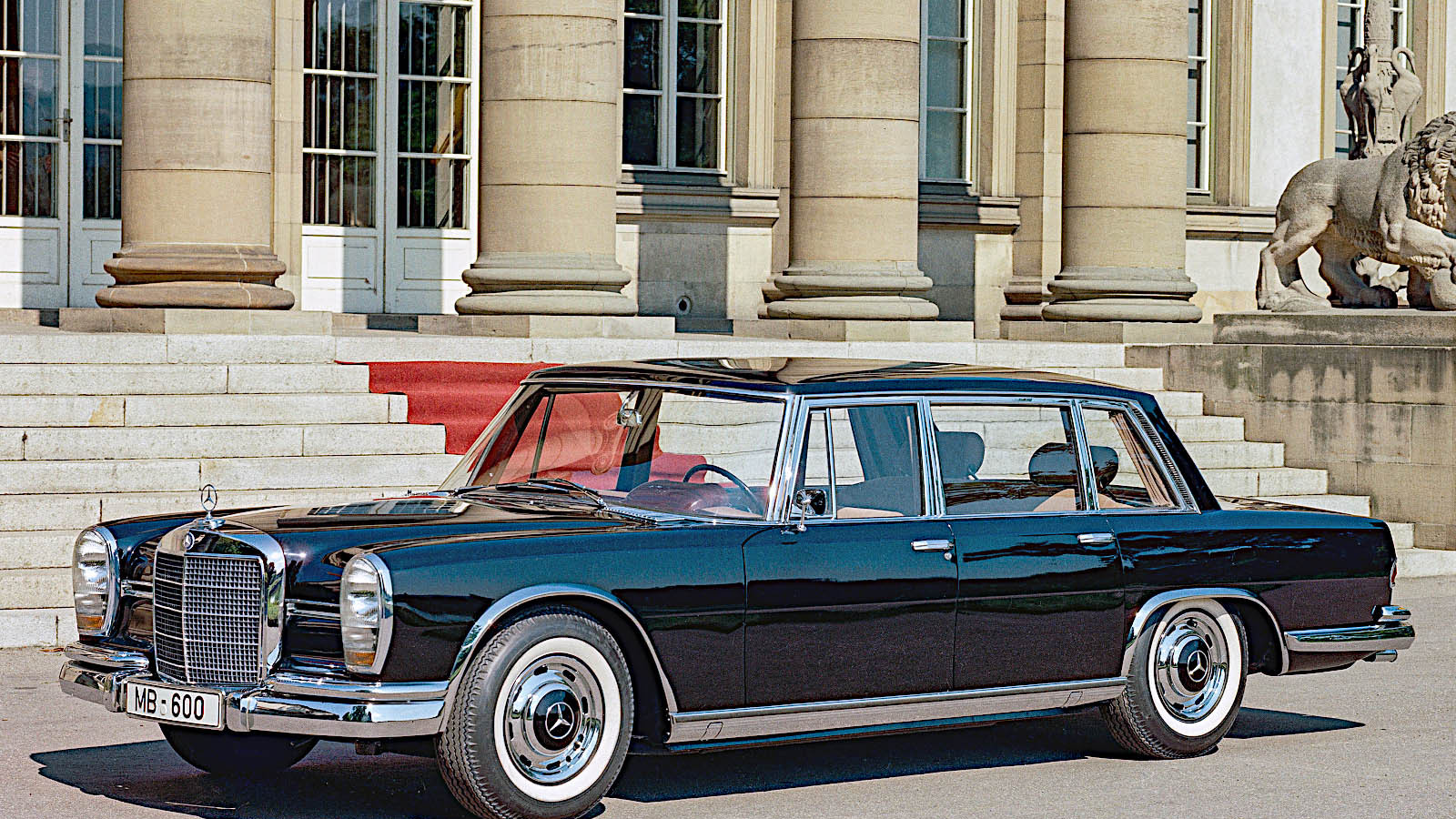 © Mercedes-Benz
© Mercedes-Benz -
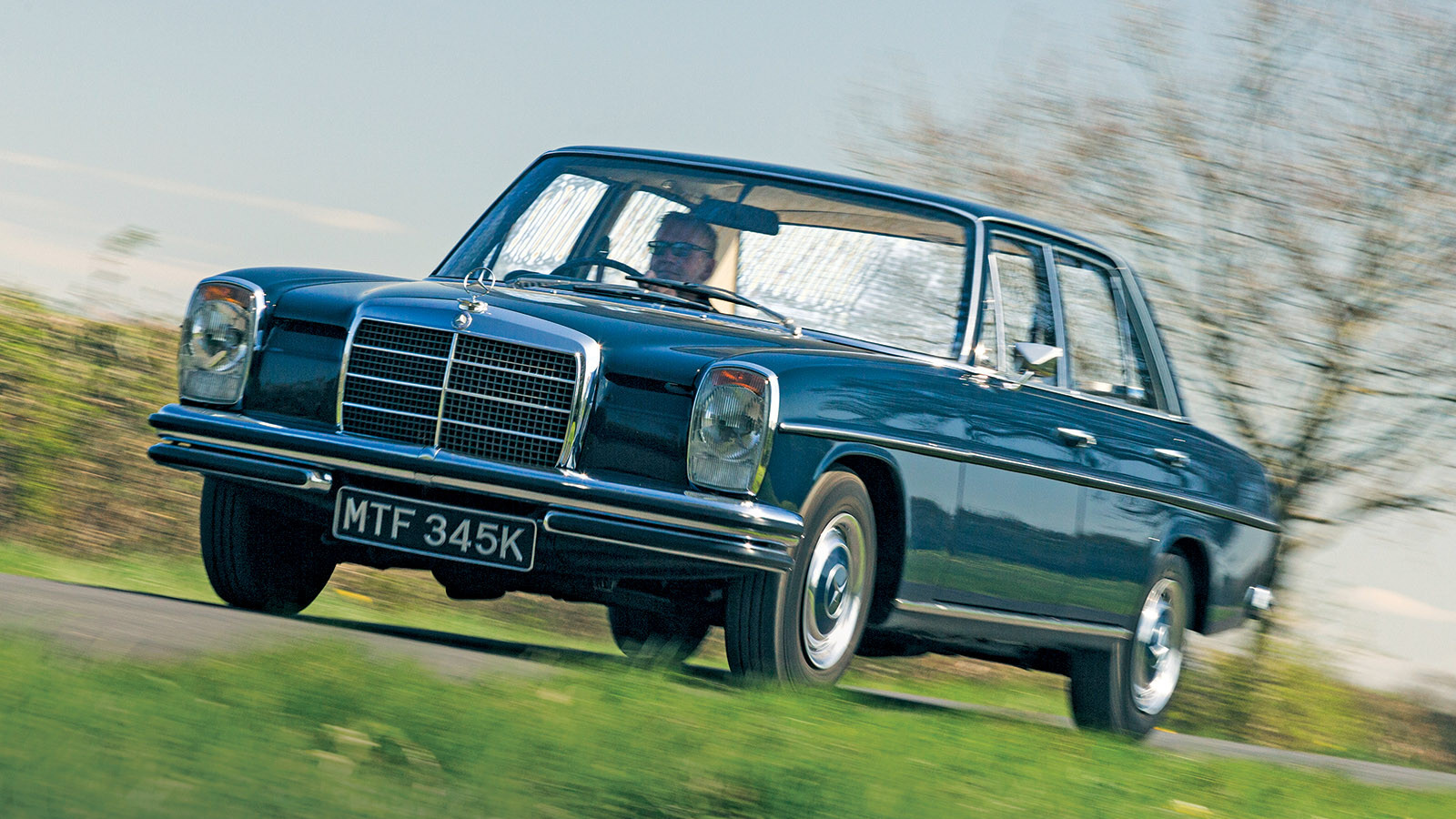 © Luc Lacey/Classic & Sports Car
© Luc Lacey/Classic & Sports Car -
 © Mercedes-Benz
© Mercedes-Benz -
 © Mercedes-Benz
© Mercedes-Benz -
 © Tony Baker/Classic & Sports Car
© Tony Baker/Classic & Sports Car -
 © Mercedes-Benz
© Mercedes-Benz -
 © Tony Baker/Classic & Sports Car
© Tony Baker/Classic & Sports Car -
 © Mercedes-Benz
© Mercedes-Benz -
 © Tony Baker/Classic & Sports Car
© Tony Baker/Classic & Sports Car -
 © Mercedes-Benz
© Mercedes-Benz -
 © Luc Lacey/Classic & Sports Car
© Luc Lacey/Classic & Sports Car -
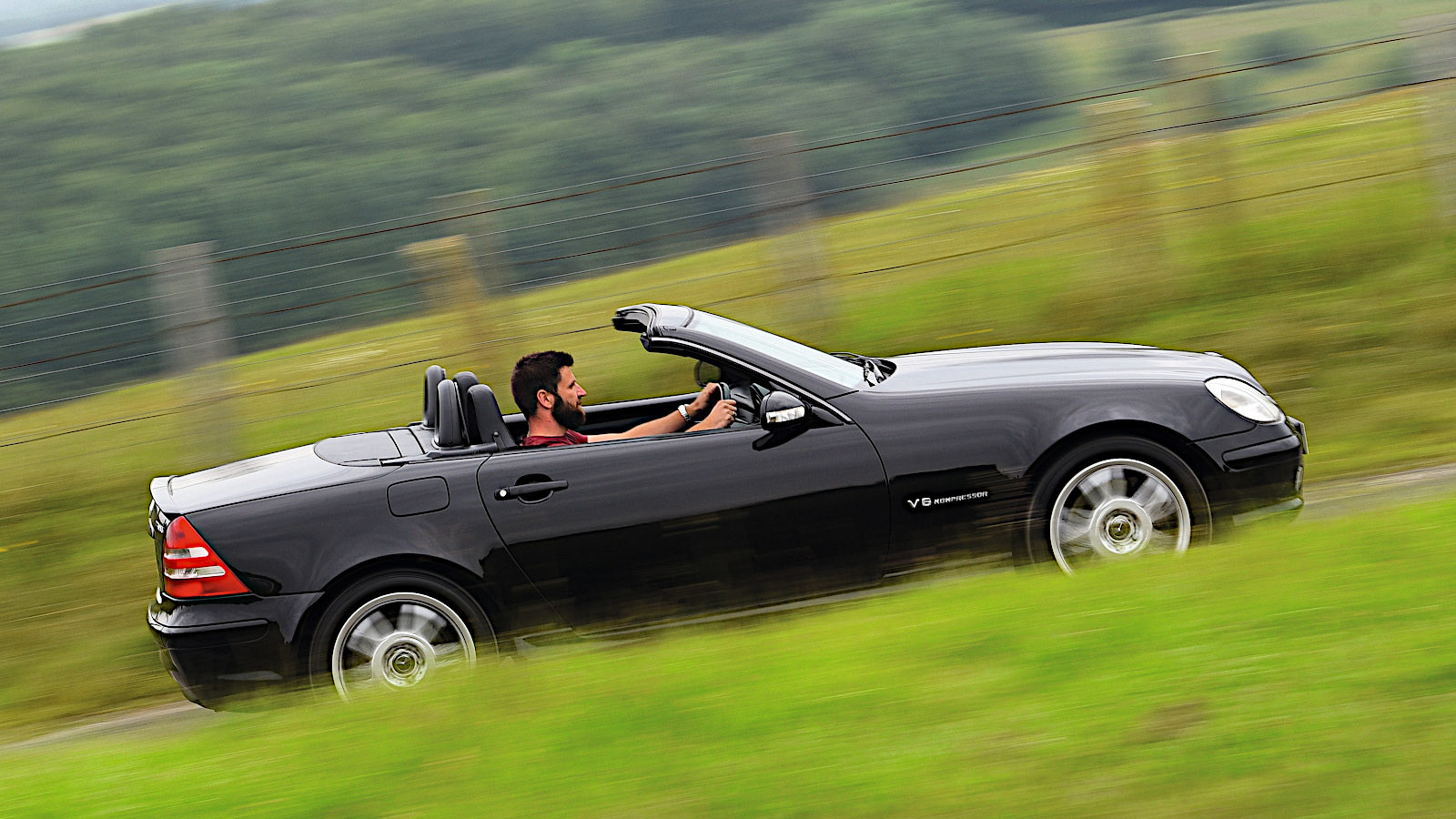 © Will Williams/Classic & Sports Car
© Will Williams/Classic & Sports Car -
 © Mercedes-Benz
© Mercedes-Benz -
 © Mercedes-Benz
© Mercedes-Benz -
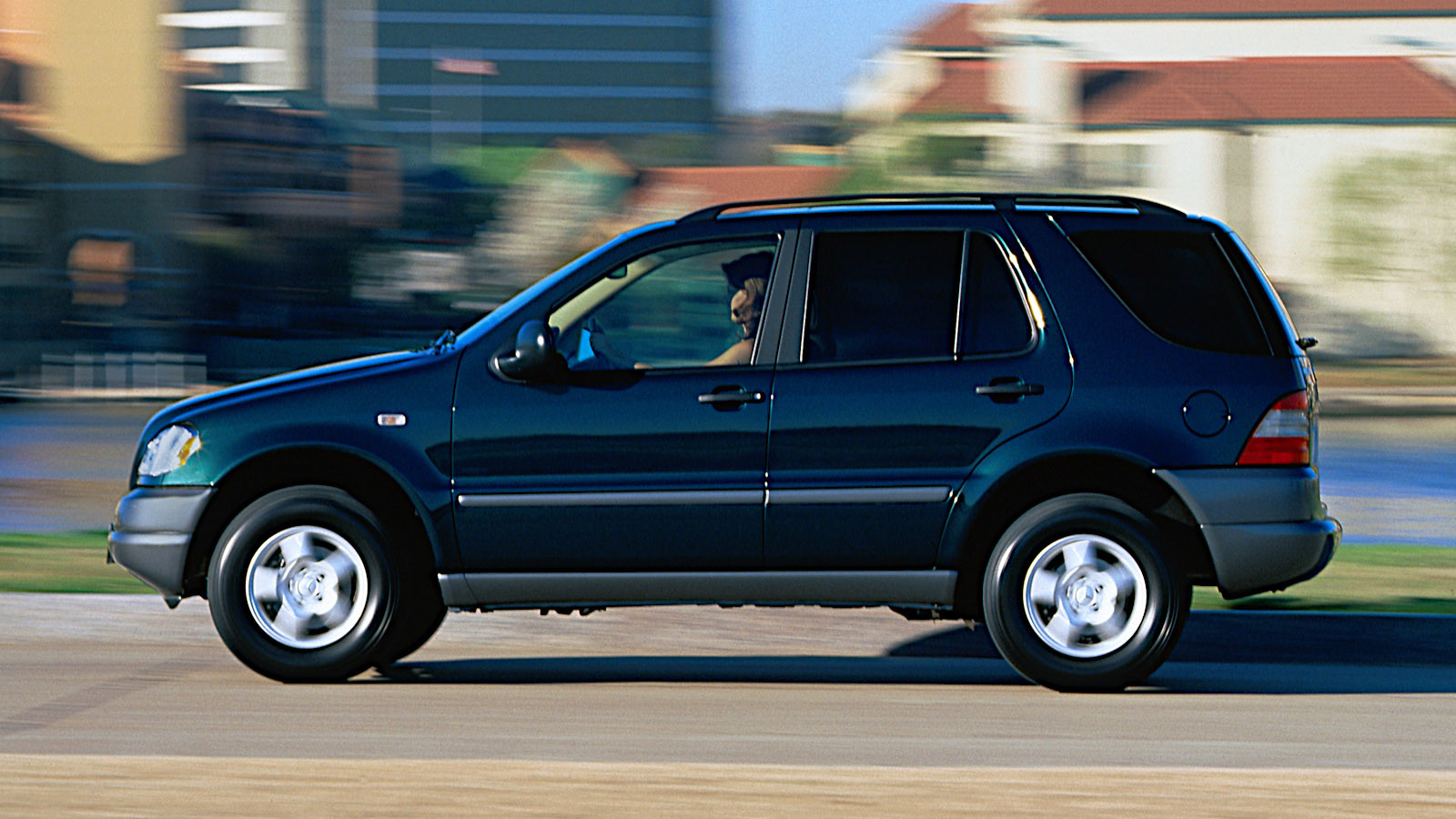 © Mercedes-Benz
© Mercedes-Benz
-
Sparkling three-pointed stars
Mercedes-Benz officially became a marque when former rivals Daimler and Benz merged in 1926, but by then the Mercedes name had been applied to cars for more than a quarter of a century.
The first of them was almost shockingly good, and there have been many highlights since then.
Here we take a chronological look at 35 of the most significant models bearing the name Mercedes and sold to the public before 2000, no matter which company was responsible for them.
-
1. Mercedes 35hp (1900)
The first Mercedes was designed by Wilhelm Maybach but initially suggested to Daimler by one of its dealers, Emil Jellinek.
Named, like almost everything in Jellinek’s life (including, latterly, himself), after his daughter, who was just 11 years old when the car first ran, the 35hp was light and powerful, and had an unusually low center of gravity for its time.
These features made it both an extraordinarily fast road car and a very successful racer, much like, for example, the McLaren F1 introduced more than 90 years later.
The 35hp was joined by the similar, though less powerful, 12/16hp in March 1901, and five months later by the 8/11hp.
-
2. Mercedes Simplex (1902)
The Simplex models – designed, like their predecessors, by Wilhelm Maybach – were so named because they were more simple to drive than the 35hp and its relatives.
They were also, in most cases, even faster, the early 40hp (pictured) being still more formidable in competition in 1902 than the 35hp had been the previous year.
The Simplex line is generally accepted as having continued until 1910, though the name was dropped five years before that.
-
3. Mercedes 75hp (1907)
An argument over the design of a racing engine led Maybach to leave Daimler in April 1907.
In the same year, his last piece of work for the company appeared in the roadgoing 75hp – a 10.2-liter engine with six cylinders, two more than those fitted to any previous Mercedes.
A 9.5-liter unit of the same design became available later that year in the 65hp.
These highly significant models were discontinued in 1911, and there would not be another six-cylinder Mercedes until the introduction of the 28/95hp three years later.
-
4. Mercedes 35hp (1908)
Unrelated to the earlier car of the same name, and not part of the Simplex series, the 1908 35hp was the first Mercedes with a technology which seems completely natural today, but was then very rare.
While all previous models had chain drive, this one’s gearbox and rear axle were connected by a shaft.
Once again, the 35hp was the first in a series of cars (22/50hp pictured), the most potent being the 7.2-liter 28/60hp launched in June 1913.
In what now seems like a backward step, Daimler made some of the more powerful versions available with the old chain-drive system from 1912 to 1914.
-
5. Mercedes-Knight (1910)
In the early years of motoring, several manufacturers were captivated by the wonderfully quiet engine created by American inventor Charles Yale Knight.
Daimler was one of them, and began using engines of Knight’s design in Mercedes cars from 1910.
The 4.1-liter 16/40hp was the first of them, and it was joined in 1913 by the 2.6-liter 10/30hp and the 6.3-liter 25/65hp.
Despite its appeal, the Knight engine was problematic at high revs, and was dropped from the newer models in 1915, but it survived all the way through to 1924 in the 4.1-liter cars, which had by then been renamed twice and were now called 16/50hp.
-
6. Mercedes 28/95hp (1914)
As mentioned earlier, the 28/95hp marked Daimler’s return to the six-cylinder engine three years after it stopped building the 75hp and 65hp.
Measuring 7.3 liters, it had a lower capacity than those cars, but it also featured an overhead camshaft, which was not exactly new in 1914, but still daring at a time when camshafts – and often the valves they operated – were usually alongside the cylinders rather than above them.
Greater efficiency led to greater power, and although the car’s name was slightly optimistic (according to Mercedes today, the engine actually produced 90HP rather than 95) it was a significantly better performer than the ones it followed.
It could also lose speed more effectively, being the first Mercedes with brakes on all four wheels, rather than just those at the rear.
Production was interrupted by the First World War after very few examples had been built, but resumed in peacetime and continued until 1924.
-
7. Supercharged four-cylinder Mercedes (1923)
The first Mercedes cars with supercharging were displayed in Berlin in September 1921, but did not go on sale until a year and a half later.
A blower was added to the existing 2.6-liter engine used in the 10/40hp (pictured), but the 1.6-liter unit in the 6/25hp was designed to have forced induction from the start.
In 1924, the naming system became more complicated – the numbers now referred to taxable horsepower, actual horsepower without supercharging and actual horsepower with supercharging, so the cars became known as the 6/25/38hp and 10/45/65hp, and were joined by the new 1.5-liter 6/40/65hp Sport.
Production came to an end shortly afterwards, but more supercharged Mercedes models were already being developed.
-
8. Supercharged six-cylinder Mercedes (1924)
Now working jointly with Benz (though the companies were still technically separate), Daimler returned to six-cylinder engines, but retained supercharging and overhead camshafts, for the Model K cars introduced in the second half of 1924.
The 3.9-liter 15/70/100hp and 6.2-liter 24/100/140hp (pictured) were largely the work of Ferdinand Porsche, who had taken over from Paul Daimler as head of the design office the previous year.
A sports version of the 6.2-liter version introduced in 1926 was known as the Model K (short for kurz Radstand, or ‘short-wheelbase’) and had more power, though for reasons lost in time its name was not changed to the more appropriate 24/110/160hp until early 1929.
-
9. Mercedes Stuttgart (1926)
The 1926 merger of Daimler and Benz into the new Mercedes-Benz company led the Mercedes marque into a new direction.
Germany was still recovering from the hyperinflation of the early 1920s, and the Benz tradition of building affordable models had become highly relevant to the country’s motor industry.
There was nothing particularly special about the 8/38hp pictured here (later known as the Stuttgart 200), with its conventional 2-liter six-cylinder sidevalve engine, or about the 2.6-liter 10/50hp Stuttgart 260 which joined the range in 1929, but they were the right cars for their time and place.
According to Mercedes, the Stuttgart 200 found twice as many buyers in 1927 alone as all the cars produced either separately or together by Daimler and Benz the previous year.
-
10. Mercedes S-series (1927)
In complete contrast to Mercedes’ Stuttgart models, the S-series cars were expensive, high-performance sports cars, generally (though with some variations in emphasis) suitable for both fast-road and competition use.
The straight-six engine, often supercharged and starting at 6.8 liters but rising to 7.1 in 1928, was mounted very far back in the chassis in the interests of weight distribution.
The original S was followed by the SS, the SSK (pictured) and finally the model now known as SSKL.
Introduced in 1931, the last of these was not officially called SSKL, but it was referred to as such in press reports the following year, and the name has stuck.
-
11. Mercedes Nürburg (1928)
The Nürburg range was named after the Nürburgring race circuit, where a prototype was driven more than 20,000km in 13 days.
Despite that connection, these were not particularly fast cars.
As part of an impressively wide range in the late 1920s, they were neither high-performance vehicles like the S-series, nor affordable transport like the Stuttgarts, but luxury models.
They also marked a new chapter in Mercedes history, since their Porsche-designed engines (4.6 liters in the 460, 4.9 in the 500) were the marque’s first with eight cylinders, a feature which led to them being marketed as Nürburg 8.
-
12. Grosser Mercedes 770 (1930)
Grosser can be translated from German into English as ‘grand’, a word which certainly applies to this magnificent machine introduced, paradoxically, in the early days of the Great Depression.
Its 7.7-liter engine normally produced 150HP, which was good going for any Mercedes south of the S-series.
However, anyone willing to pay an extra 3000 Reichsmarks for a supercharger, as all but 13 of the 117 customers did, had at their disposal a still more formidable 200HP.
The further option of armor plating was taken up by far fewer buyers, one of whom was Emperor Hirohito of Japan.
-
13. Mercedes 500K (1934)
The sporty Mercedes 380 produced briefly in 1933 and 1934 was considered disappointing in comparison with the S-series, since it never produced much more than 144HP, even when supercharged.
It was quickly replaced by the 500K, whose 5-liter straight-eight never produced less than 160HP.
In 1936, this engine was replaced with a 5.4 rated at 180HP, the same output as the 6.8-liter unit in the original S.
An experimental 5.7-liter unit was built but, despite rumors that this would have been fitted to a 580K if the Second World War hadn’t made that impossible, Mercedes says that no such car ever existed even as a prototype.
-
14. Mercedes 130 (1934)
Sometimes a manufacturer can get it right with a car which still doesn’t prove to be successful.
To a large extent, this was the case with the Mercedes 130, an aerodynamic little sedan with a rear-mounted 1.3-liter four-cylinder engine which had to be hastily revised after complaints about its tail-happy handling.
If this sounds familiar, you’re probably thinking of the Volkswagen Type 1, commonly known as the Beetle and introduced in 1938, two years after Mercedes gave up on the 130 and replaced it with the 1.7-liter 170, which didn’t do much better.
Given the way things turned out, it might have been the 130 and not the Beetle which broke the world’s all-time car production record in 1972 and became for a while the darling of the flower-power generation, but the VW was revitalized by the British Army after the Second World War and the Mercedes wasn’t.
-
15. Mercedes 260D (1936)
The 260D was the first diesel-engined Mercedes production car, and almost certainly the first of that type ever put on public sale ahead of the similarly powered Citroën Rosalie and Hanomag Rekord, though different sources have different views on that.
Capable of producing no more than 45HP, the 2.5-liter, four-cylinder engine made the 260D slow even by the standard of the mid 1930s, reportedly taking nearly 15 secs to accelerate from 0-30mph.
Against that were good fuel economy and, as later became significant though it wasn’t considered so at the time, low CO2 emissions, aspects which made diesels very popular in the early 21st century before their emissions of other unpleasant substances came to be considered problematic.
The car was facelifted in 1937, and remained in production until 1940.
-
16. Mercedes 300 Adenauer (1951)
The 300 series, produced in four generations from 1951 to 1962, is associated with Konrad Adenauer, the first Chancellor of the new West Germany, who was enthusiastic about these cars and was often seen in them on official occasions.
They were the first post-war Mercedes luxury models, and looked far more modern than the marque’s vehicles of the late 1940s, which gave the impression of having been designed a decade before.
Every version was powered by a 3-liter straight-six engine, though its power rating rose considerably from 115 to 160HP.
There were several body styles, but one never made available to the public was a three-door station wagon – just one was built which, according to Mercedes, ‘was used as a powerful measuring car in the test department for many years’.
-
17. Ponton Mercedes (1953)
The ponton body style was a radical departure from anything produced before the Second World War, with its integrated fenders, relatively straight sides and complete lack of running boards.
Mercedes used it for the first time for a series of cars with four-cylinder gasoline or diesel engines beginning in August 1953, and then for larger but otherwise very similar-looking six-cylinder models from March 1954.
The six-cylinder range was discontinued in 1959, but in the same year the four-cylinder cars were updated, and remained in production until 1962, by which time 442,963 examples (5653 of them partially bodied chassis) had been built.
Strictly speaking, almost every sedan built by anyone since then has had a ponton body, but as far as Mercedes is concerned, the term is used only for those mentioned here.
-
18. Mercedes 300SL (1954)
If you asked a hundred people to name the most iconic of all Mercedes road cars, a high proportion of them would immediately start talking about the 300SL.
Prompted by a suggestion from US importer Max Hoffman, the 300SL was mechanically related to the W194 sports racer which first took to the tracks in 1952, and was originally a coupe with gullwing doors.
That lasted until 1957, and from then until 1963, all 300SLs were roadsters with conventional doors.
The 190SL, manufactured from 1955 to 1963, had a broadly similar character to the 300SL, but was very much slower.
-
19. Fintail Mercedes (1959)
The six-cylinder ponton models mentioned earlier were replaced in 1959 by a new series of large sedans featuring what became a very recognizable Mercedes front-end ‘look’.
They also had distinctive (but, by the standards of what was being produced in the US at the same time, very modest) tailfins.
These led to their nickname which, curiously enough, is rendered in English as ‘fintail’, even though the German Heckflosse literally means ‘tailfin’.
Four-cylinder fintails were introduced in 1961 and, like the six-cylinder models, lasted until 1968, after which Mercedes abandoned fins for its sedans.
-
20. Mercedes SL Pagoda (1963)
With the car nicknamed Pagoda, Mercedes attempted to create a single replacement for the very different 190SL and 300SL.
The original 230SL was based on the six-cylinder Fintail sedan and powered by the engine from the 220SE in that range, but slightly enlarged from 2.2 to 2.3 liters.
Due to various upgrades, the 230SL became the 250SL in 1966, and the 280SL (the most powerful of them all, with 170HP) two years after that.
The Pagoda models gave way in 1971 to a new SL, after 48,912 examples had been built.
-
21. Mercedes Grosser 600 (1964)
The second Mercedes known as Grosser had a 6.3-liter engine which produced 250HP, and was the first V8 ever used by the marque.
This was almost the ultimate luxury car, with standard equipment including central locking, air suspension and electronic heating and ventilation, and it came with standard, Pullman and Pullman landaulet bodies.
Since it was so highly equipped right from the start, the Grosser remained on sale for a long time without needing to be significantly updated.
Full-scale production began in September 1964 and continued for almost 17 years until May 1967.
-
22. Mercedes Stroke Eight (1968)
The six-cylinder W114 and four- or sometimes five-cylinder W115 sedans and coupes in what was known as the New Generation, are also referred to as Stroke Eight in reference to the year they were introduced.
Paul Bracq’s design was simple but elegant, and made the Stroke Eights look outstandingly modern in comparison to the Fintails launched less than a decade earlier.
There was a facelift in 1973, and the year after that the 240D 3.0 five-cylinder diesel became the first Mercedes with an odd number of cylinders.
Production continued until December 1976, a year after the launch of the succeeding 123-series, and amounted to nearly two million units.
-
23. Mercedes R107 SL (1971)
The SL Pagoda was replaced by a new range which had little in common with the earlier cars, but had features such as engine and suspension carried over from contemporary Mercedes sedans.
The engines were straight-sixes or V8s, available at first in sizes from 2.8 to 5 liters.
A 1985 update included minor styling changes, revised front suspension and a new range of engines including a 5.6-liter V8, though since this was detuned for Australia, Japan and the US (the only markets in which the 560 was sold) it produced only 230HP compared with 245HP for the 500.
With a production run from April 1971 to August 1989, the 107-series SL became, remains and probably always will be the longest-running Mercedes of all.
-
24. Mercedes W116 S-Class (1972)
The first luxury sedan range officially known as S-Class was the 116-series and it went into production September 1972.
Safety was rising up the priority list for most manufacturers, and Mercedes’ S-Class featured things like a padded dashboard, a more stable structure than in previous models, as well as a fuel tank mounted above the rear axle rather than in a more vulnerable position further back.
Engine capacities ranged from 2.8 liters to 6.9 liters in the case of a V8 developed from an existing 6.3.
The next S-Class made its public debut at the Frankfurt show in September 1979, but the 473,035th and last example of this generation (a five-cylinder diesel 300SD) did not leave the factory until a year after that.
-
25. Mercedes W123 (1975)
Mercedes’ W123 took over from the Stroke Eight, and was the immediate predecessor to what would become known (after a change of name) as the first E-Class.
It was smaller than, but in some ways related to, the S-Class introduced three years earlier, and had even more safety equipment including, for the first time in any Mercedes, a steering column which would collapse in the event of a front-end impact rather than be pushed towards the driver.
Anti-lock braking became available as an option in August 1980, and was followed in January 1982 by airbags.
Production, which lasted until November 1985, included 2,375,400 regular sedans, 13,700 long-wheelbase sedans and 8373 chassis which were given station wagon, ambulance or hearse bodies by independent coachbuilders.
-
26. Mercedes G-Wagen (1979)
Later to become known as the G-Class, the Geländewagen (off-road vehicle) set Mercedes on a new path.
There had been Mercedes off-roaders before 1945, but they were mostly used by government institutions.
The G-Wagen, in contrast, was available to anyone, and could be used either for work or for recreation.
The first type, known as the 460-series, was produced until 1992, and the formula was so successful that there have been G-Wagens and G-Classes ever since, including one with six driven wheels.
-
27. Mercedes W201 (1982)
The car that might have been known as the first C-Class if that naming system had been used at the time did not directly replace anything but, in the words of its maker, ‘completed the traditional Mercedes-Benz passenger car program by a third main line’.
The W201 models were compact, but thanks to the ever-increasing emphasis on passenger protection they were, Mercedes insists, ‘absolutely as safe as the big S-Class sedans’.
The versions with 16-valve cylinder heads supplied by Cosworth were also very fast, and performed superbly in DTM (German Touring Car) racing, but the most famous of all in retrospect was a 190E which Formula One newcomer Ayrton Senna drove in a race specifically for that model held at Hockenheim in 1984, beating all the more established Grand Prix drivers in the field.
Six months after the millionth W201 had been built, a facelifted version was displayed for the first time in September 1988, and by the time that was replaced, the total production figure had reached 1,879,629.
-
28. Mercedes W124 (1985)
After the four-cylinder Pontons and Fintails, the Stroke Eight and the W123 came the W124, which looked very similar to the smaller W201 introduced two years before.
Sedan versions first went on sale in January 1985, and in September of the same year they were joined by the station wagons.
The engine range included four- and six-cylinder gasoline units and diesels with or without turbochargers, this being a time when a non-turbo diesel could still find buyers keen on maximum economy at the expense of any performance at all.
In 1993, the W124 was redesigned and renamed E-Class, and continued in that form until 1995, by which time 2,221,907 examples had been built, including 6398 deliberately incomplete cars whose bodywork would be finished by other hands.
-
29. Mercedes R129 SL (1989)
Since we’re restricting ourselves to cars sold before 2000, the final SL for our purposes was the 129-series introduced in March 1989.
Replacing the extraordinarily long-lived 107-series, the R129 was completely different from it in everything except concept.
New features included a rollover bar which was normally tucked away inside the body but sprang into usefulness if the car sensed it was about to turn upside down.
This generation of SL lasted only half as long as the one before, but a reasonable 204,940 were built up to July 2001, with revisions in 1995 and 1998.
-
30. Mercedes C-Class (1993)
The W201 was succeeded in 1993 by another compact sedan, the W202, which was the first to be named C-Class.
After four years, it was updated and mildly re-engineered, and remained in the Mercedes catalog until 2000.
Perhaps the most dramatic example of Mercedes getting the C-Class right was the C36 AMG (pictured), co-developed with the formerly independent tuning firm which had now been brought into the main company.
While relatively slow by today’s standards, it was praised at the time for its superb power/handling balance.
In more practical terms, though, Mercedes particularly got it right with the entry-level C180. The 583,514 examples of this car made up a remarkable 36% of the entire C-Class production run in this first generation.
-
31. Mercedes E-Class (1995)
It had been a long time since any series-production Mercedes had looked at all startling, but the new W210 E-Class caused eyebrows to be raised due its quartet of elliptical front lights.
As before, the range of engines was very wide, and remained so after an update in 1999.
The first AMG model was the 5-liter E50 launched in January 1996, and replaced the following October by the 5.5-liter E55 (pictured) in October 1997, which became available as a station wagon in 1998.
The wagons in general were a big success, drawing new customers to the marque – it’s estimated that 40% of the people who bought them in 2000 and 2001 had never previously owned a Mercedes.
-
32. Mercedes R170 SLK (1996)
The first SLK (whose name comes from the initials of the German words for sporty, lightweight and short) had a folding steel roof, and was therefore an early example of a modern coupe-convertible, though Peugeot had offered something similar in the 1930s.
According to Mercedes, the SLK was so popular that 600 new jobs had to be created at the factory in Bremen where it was built in order to satisfy demand.
A mid-life update in 2000 included adding a 3.2-liter V6 – supercharged in the case of the SLK32 AMG (pictured) – to what had until then been an entirely four-cylinder engine range.
A new SLK was introduced in 2004, but anyone who still preferred the old model could buy a Chrysler Crossfire, which was largely the same thing.
-
33. Mercedes V-Class (1996)
The first Mercedes minivan was relatively easy to develop, since it was essentially a Vito van with extra seats and windows.
15cm shorter than an E-Class wagon of the same period, and only 7cm wider, it nevertheless had far greater carrying capacity because it was considerably taller.
A mild restyle, more interior equipment and an adjustment of the engine line-up were part of a 1999 refresh.
The V-Class continued for four years after that, being replaced in 2003 by the Viano.
-
34. Mercedes A-Class (1997)
In one way, the A-Class was a thundering example of Mercedes getting it wrong, since it turned over during the famous elk test conducted by the Swedish magazine Teknikens Värld.
Once the necessary revisions had been made, it became easier to focus on the fact that the A-Class was an ingenious little car, not least because of its double-floor layout which meant the engine and transmission would be forced under, rather than into, the passenger compartment in the event of a major front-end impact.
The first A-Class was revised in 2001 and replaced by the second in 2005.
Since 2012, the A-Class has been a compact hatchback, connected to the 1997 original in name only.
-
35. Mercedes M-Class (1997)
Today, few car manufacturers can survive without at least one crossover SUV in their ranges.
Mercedes entered the game relatively early, starting full-scale production of the M-Class in 1997.
An ML320 was the first vehicle of any kind manufactured at the Mercedes factory in Tuscaloosa, Alabama.
The M-Class was an immediate hit for Mercedes, and it’s still around today, though it is now known as the GLE-Class.
